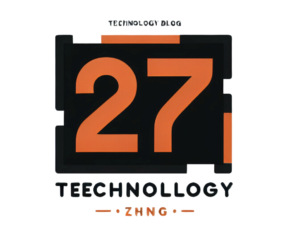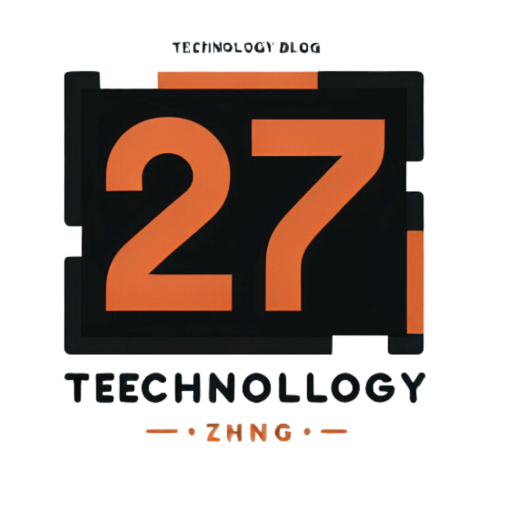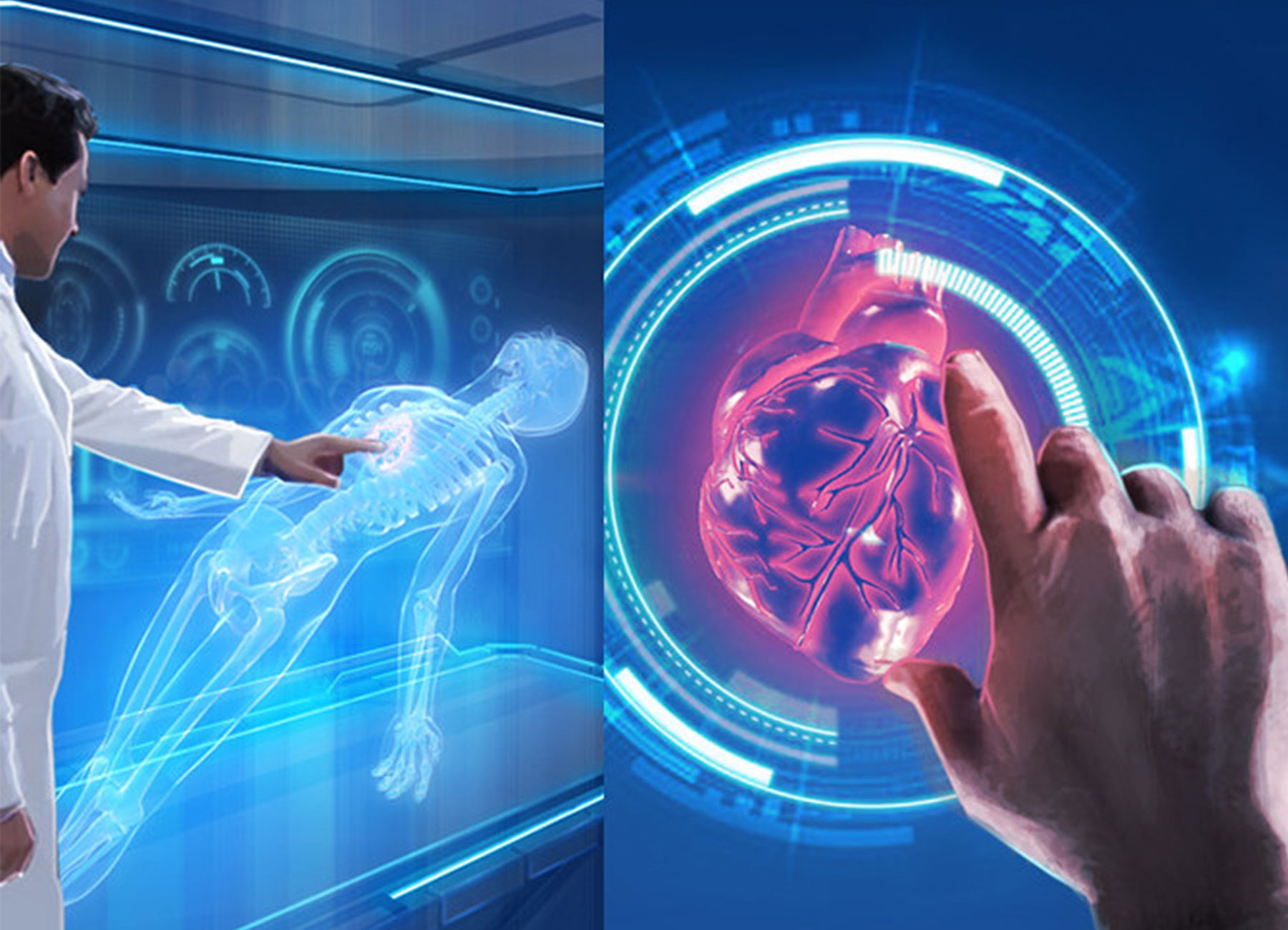
In recent years, artificial intelligence (AI) has become a transformative force across various industries, with healthcare standing out as a particularly promising field. As we venture into the future, AI innovations are poised to revolutionize diagnostics, making healthcare more accurate, timely, and efficient. This article delves into how AI is reshaping diagnostic practices, the benefits it brings, and the challenges it faces.
1. Understanding AI in Healthcare Diagnostics
AI encompasses a range of technologies that mimic human intelligence, including machine learning, natural language processing, and computer vision. In diagnostics, AI applications analyze complex medical data to assist in identifying diseases, predicting outcomes, and personalizing treatment plans. The integration of AI into diagnostic practices offers several advantages, including increased precision and speed.
2. Enhancing Diagnostic Accuracy with AI
One of the most significant impacts of AI in diagnostics is its ability to enhance accuracy. Traditional diagnostic methods, while effective, can be subject to human error and limitations. AI algorithms, trained on vast datasets, can identify patterns and anomalies that might be missed by human eyes.
a. Imaging Analysis: AI-powered imaging tools can analyze medical images such as X-rays, MRIs, and CT scans with remarkable precision. For example, algorithms can detect early signs of diseases like cancer, cardiovascular conditions, and neurological disorders by recognizing subtle changes in imaging data.
b. Pathology: In pathology, AI can assist in analyzing tissue samples to identify cancerous cells and other abnormalities. Machine learning models can differentiate between benign and malignant tissues with a high degree of accuracy, aiding pathologists in making more informed decisions.
c. Genetic Testing: AI is also playing a crucial role in genetic diagnostics. By analyzing genetic sequences, AI algorithms can predict susceptibility to genetic disorders and identify potential genetic mutations, enabling early intervention and personalized treatment plans.
3. Speeding Up Diagnostics with AI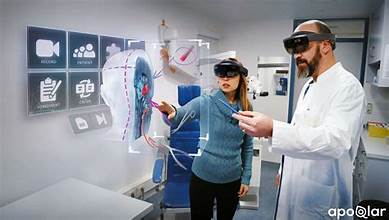
Timeliness in diagnostics is critical, especially for conditions that require immediate intervention. AI’s capability to process and analyze data rapidly accelerates the diagnostic process, leading to quicker results and faster treatment initiation.
a. Real-Time Data Processing: AI systems can analyze patient data in real-time, providing immediate feedback to healthcare providers. This is particularly beneficial in emergency situations where timely decisions can significantly impact patient outcomes.
b. Automation of Routine Tasks: AI can automate routine diagnostic tasks, such as analyzing lab results and managing patient records. This reduces the workload on healthcare professionals, allowing them to focus on more complex cases and direct patient care.
c. Predictive Analytics: AI can predict potential health issues based on historical data and current trends. For instance, predictive models can forecast the likelihood of developing chronic conditions, enabling preventive measures to be taken before symptoms arise.
4. Personalizing Patient Care
AI innovations in diagnostics also pave the way for personalized medicine. By analyzing individual patient data, AI can tailor diagnostic and treatment approaches to each patient’s unique needs.
a. Customized Treatment Plans: AI algorithms can integrate various data sources, such as genetic information, lifestyle factors, and medical history, to develop personalized treatment plans. This ensures that interventions are tailored to the patient’s specific condition, improving treatment efficacy.
b. Monitoring and Adjustments: AI can continuously monitor patient progress and adjust treatment plans as needed. This dynamic approach allows for real-time adjustments based on how the patient is responding to treatment, optimizing outcomes.
c. Patient Engagement: AI-driven tools can enhance patient engagement by providing personalized health recommendations and education. This empowers patients to take an active role in their health management and make informed decisions about their care.
5. Overcoming Challenges and Ethical Considerations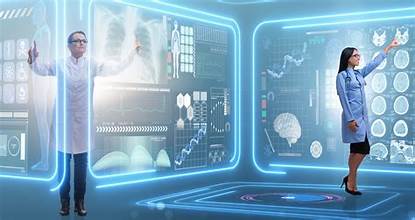
Despite the numerous benefits, the integration of AI in diagnostics also presents challenges and ethical considerations.
a. Data Privacy: The use of AI in healthcare involves handling sensitive patient data. Ensuring data privacy and security is crucial to maintaining patient trust and compliance with regulations.
b. Bias and Fairness: AI algorithms are only as good as the data they are trained on. Bias in training data can lead to unequal outcomes across different populations. It is essential to address these biases to ensure fair and equitable diagnostic practices.
c. Integration with Existing Systems: Integrating AI technologies with existing healthcare systems can be complex. Ensuring interoperability and seamless integration with current workflows is necessary for effective implementation.
d. Regulatory Compliance: The use of AI in diagnostics must adhere to regulatory standards and guidelines. Regulatory bodies are working to establish frameworks for the approval and oversight of AI-driven diagnostic tools to ensure their safety and effectiveness.
6. The Future of AI in Healthcare Diagnostics
Looking ahead, the future of AI in diagnostics holds immense potential. As technology continues to evolve, we can expect further advancements in AI capabilities, leading to even more accurate and timely diagnostic solutions.
a. Continuous Learning: AI systems will increasingly employ continuous learning techniques, allowing them to adapt and improve over time. This will enhance their diagnostic accuracy and relevance as new medical knowledge and data become available.
b. Collaborative AI: The future will likely see greater collaboration between AI and healthcare professionals. AI tools will serve as valuable partners, providing insights and support while leaving the final diagnostic decisions to human experts.
c. Expanding Access: AI has the potential to expand access to diagnostic services, particularly in underserved and remote areas. Telemedicine and AI-driven diagnostic tools can bridge gaps in healthcare access, providing high-quality care to more patients.
Conclusion
AI innovations are set to revolutionize the future of diagnostics, offering unprecedented accuracy and speed in healthcare. By enhancing diagnostic precision, accelerating processes, and personalizing patient care, AI is transforming how we approach and manage health conditions. While challenges and ethical considerations must be addressed, the potential benefits of AI in diagnostics are vast. As we continue to explore and refine these technologies, the future of healthcare diagnostics promises to be brighter and more efficient than ever before.
